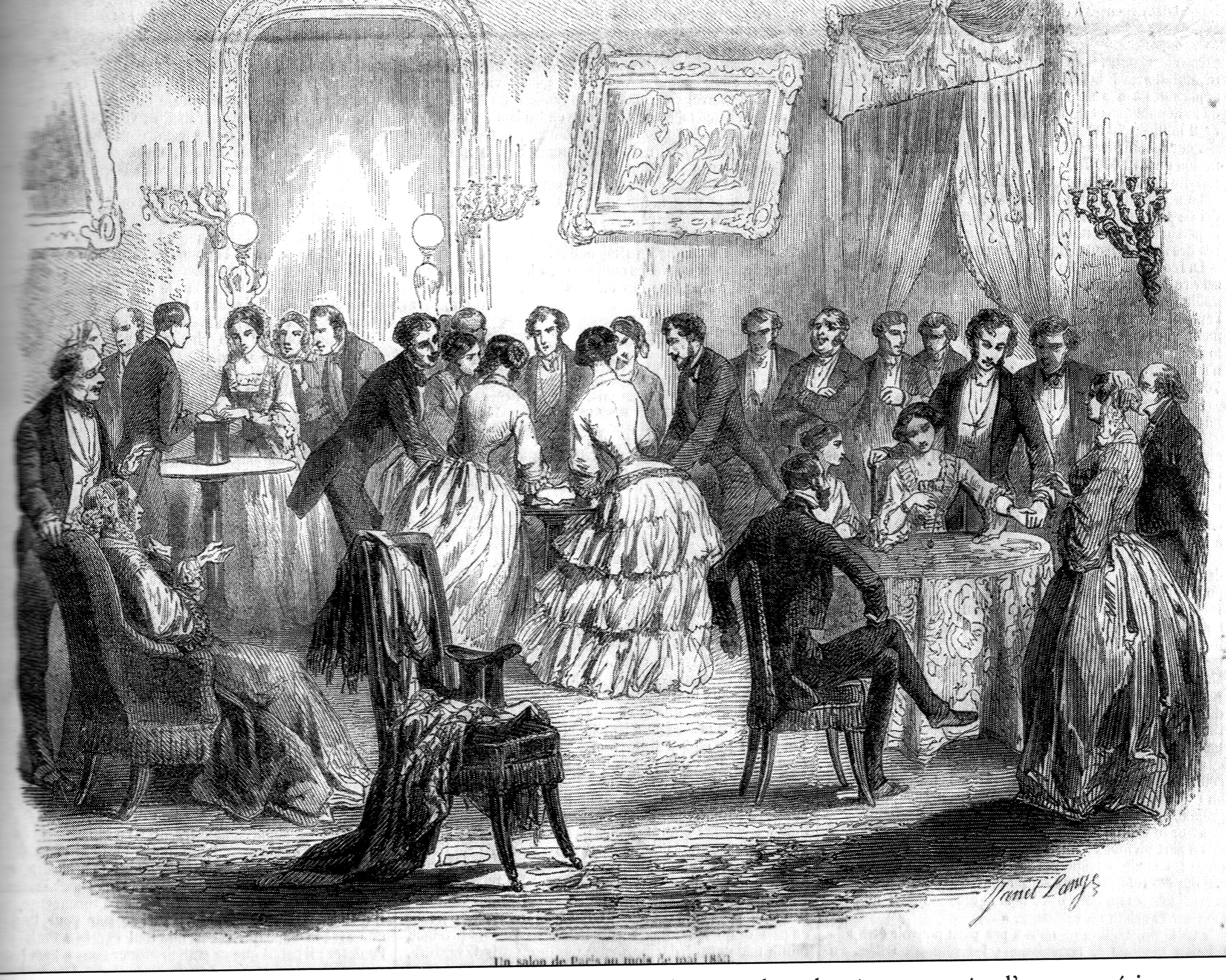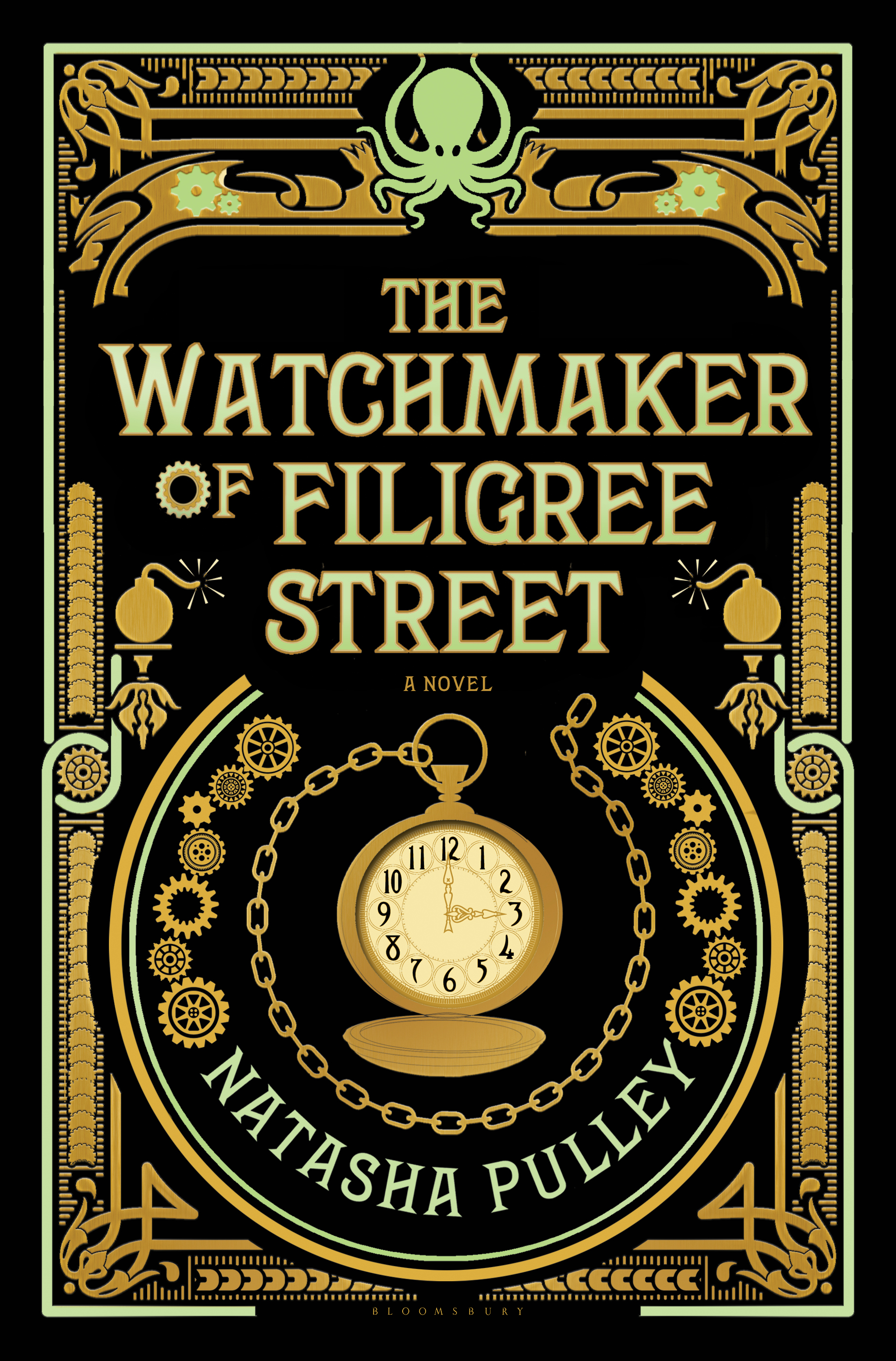By Natasha Pulley (Guest Contributor)
Clairvoyance today is a bit unfashionable. In the nineteenth century, though, it was booming. Seances weren’t only the province of circus attractions and little stripy side tents at fairs but of the great stages and salons of London, something we still often see portrayed in fiction.
 But it sounds like an odd sort of thing to happen — especially considering that some of the people who believed in it all most fervently were some of the cleverest and most analytical in the world. Arthur Conan Doyle believed it; Oliver Lodge, one of the first BBC science broadcasters, believed it. There was a Society for Psychical Research. It’s easy to think that perhaps, with all the baffling new science going on in ordinary life, people wanted a way to escape. In fact it was part of the new science.
But it sounds like an odd sort of thing to happen — especially considering that some of the people who believed in it all most fervently were some of the cleverest and most analytical in the world. Arthur Conan Doyle believed it; Oliver Lodge, one of the first BBC science broadcasters, believed it. There was a Society for Psychical Research. It’s easy to think that perhaps, with all the baffling new science going on in ordinary life, people wanted a way to escape. In fact it was part of the new science.
It really began with Newton, who said in his Optics that light must have a medium to move through — exactly like sound and air. This medium was the luminiferous ether. If you had an ether vacuum, you would have a patch of total darkness. Since there’s nowhere light-resistant, it follows that ether is everywhere, an all-permeating, immensely subtle substance that transports light at hundreds of thousands of times the speed of sound. Everything: space, stars at the far end of the universe, inside the human brain.
Newton was using the idea to explain light diffraction, but it came under intense focus again in the nineteenth century, fueled by new studies in electromagnetism. Although the mathematical models of the universe fluxed a great deal during this period, one of the few things they all agreed on was that the luminiferous ether must exist.
These models of an ether-seeped universe proved that clairvoyance could be real. The ether was everywhere and could go through anything. Things moving through it — light waves for a start — moved incredibly fast. There was nothing to say that it could not also transport the impulses of human thoughts beyond the human cranium. For the first time, science had provided a medium through which the thoughts of the dead, thoughts of the living, and perhaps other things altogether, might have been preserved.
In 1887, two scientists in America, Albert Michelson and Edward Morley, conducted an experiment to prove the existence of ether. It was one of the most significant failures in scientific history, though it did provide important findings about the speed of light. But while it was a blow to ether theory, their experiment by no means destroyed it.
Mathematical models continued to use ether right up to 1905, when Einstein’s special theory of relativity negated the logical need for it. Einstein, though, never shouted about it. His mentor was a great proponent of ether theory. The idea isn’t quite gone even today; we still talk about things floating about in the ether.
 Natasha Pulley studied English Literature at Oxford University and earned a creative writing MA at the University of East Anglia. Pulley lives near Ely in Cambridgeshire, England. The Watchmaker of Filigree Street is her first novel.
Natasha Pulley studied English Literature at Oxford University and earned a creative writing MA at the University of East Anglia. Pulley lives near Ely in Cambridgeshire, England. The Watchmaker of Filigree Street is her first novel.
